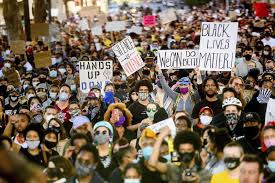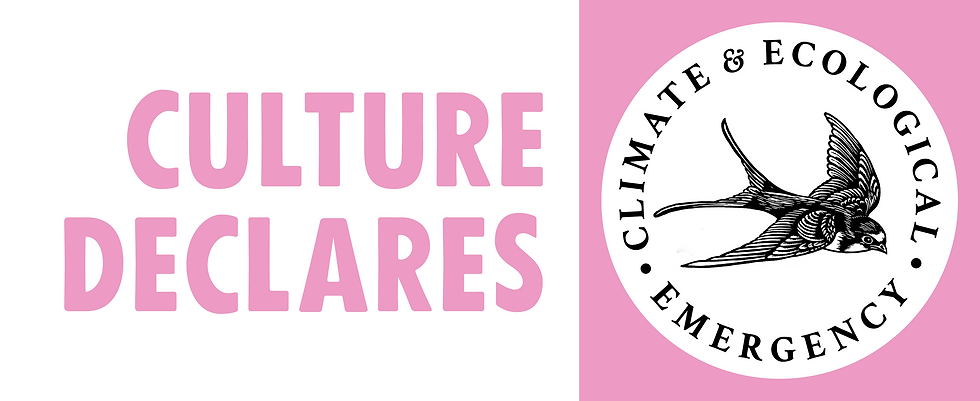2020 is not 1968: To understand Today’s Protests, You Must Look Further Back
- Kristina Markina

- Aug 13, 2020
- 1 min read
The conflicts of 2020 aren’t just a repeat of past troubles; they’re a new development in the American fight for racial equality.
Red Summer: The first wave came in the early 20th century, culminating in the so-called Red Summer of 1919, when the country was recovering from World War I, bitterly divided by racial and gender tensions and anti-immigration fervor, and ravaged by the deadly Spanish flu epidemic.
Fighting fascism abroad, racism at home: The second mass wave of protest and racial violence came during the disruptive years of the Depression and World War II.
The turbulent Sixties: Fueled by growth of the civil rights movement, a third and enormous wave of urban uprisings swept the country between 1963 and 1968.
Changing face of protest: In the decades that followed 1968, outbreaks of protest and conflict were more geographically isolated, but their causes and fury foreshadowed the events of 2020.
2020’s uprisings resemble those of 1919, 1943, and 1968 in certain respects: They grow out of simmering hatreds seeded by the long, festering history of white violence and police brutality against African Americans that has taken hundreds of lives of per year, including Floyd, Breonna Taylor, and Ahmaud Arbery, three of the most recent victims. Most of 2020’s protests have been peaceful, early reports have found, with a fraction becoming violent.
But more than ever before, today’s demonstrations are markedly interracial: African American, Asian American, Latinx, and white faces.
Link to the full article: https://www.nationalgeographic.com/history/2020/06/2020-not-1968/
This article discusses the nature of protests in the USA from the 20th cenury. It was important to gain some knowledge on the topic in order to argue about climate change protest.




Comments